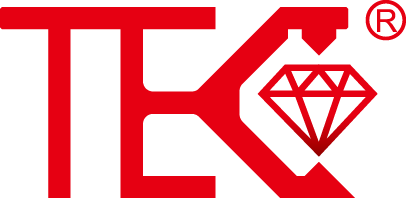ComparingMagnetostrictiveandRadarLevelGauges
When it comes to precise liquid level measurement in industrial applications, two technologies consistently stand out: magnetostrictive and radar level gauges. Both offer exceptional performance characteristics, yet they operate on fundamentally different principles and excel in distinct application scenarios. Understanding their core differences is crucial for selecting the optimal solution for your specific measurement requirements, whether you're dealing with storage tanks, process vessels, or challenging chemical environments.
Operating Principles: Fundamental Technology Differences
Magnetostrictive level gauges operate using a sophisticated magnetic interaction mechanism. The system consists of a float containing permanent magnets that moves along a specially designed probe wire. When an electrical current pulse is sent through this wire, it generates a circular magnetic field around it. The float's permanent magnets interact with this field, creating a torsional stress wave that travels back along the wire at a precise sonic velocity. The time difference between the initial current pulse and the returning wave accurately determines the float position, thereby measuring the liquid level with exceptional precision.
Radar level measurement technology employs completely different physical principles, utilizing electromagnetic wave propagation. These instruments transmit high-frequency radio waves toward the liquid surface, which then reflect back to the antenna. The gauge's sophisticated electronics measure the time delay between transmission and reception of these signals. Since electromagnetic waves travel at the constant speed of light, the instrument can calculate the exact distance to the liquid surface with remarkable accuracy, making it suitable for both short and long-range measurement applications.
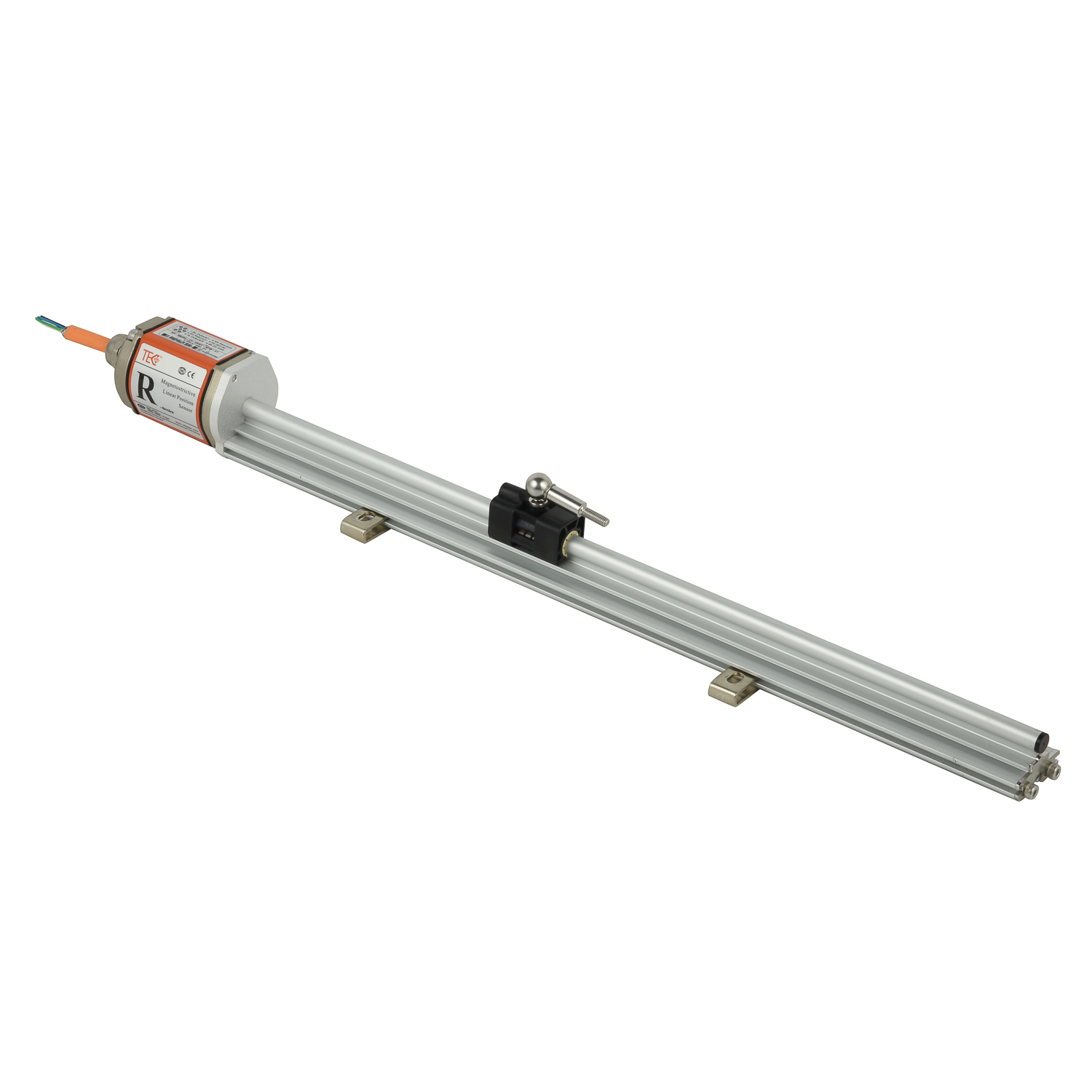
Accuracy and Performance: Measurement Precision Comparison
In terms of pure measurement accuracy, magnetostrictive level gauges typically deliver superior performance with resolutions reaching ±0.5mm or better. This exceptional precision stems from their direct mechanical coupling with the liquid surface through the float assembly. The technology provides reliable, repeatable measurements that remain unaffected by changes in dielectric constant, vapor space conditions, or surface turbulence, making it ideal for applications demanding the highest level of accuracy for inventory management or custody transfer operations.
Radar level gauges offer excellent accuracy as well, typically within ±1-3mm depending on the specific technology and application conditions. While generally slightly less precise than magnetostrictive alternatives, radar instruments maintain their accuracy across wider measurement ranges and can perform reliably in vessels with internal obstructions or complex geometries. Advanced signal processing algorithms in modern radar gauges effectively filter out false echoes and interference, ensuring stable and reliable level readings even in challenging process conditions.
Application Suitability: Choosing the Right Technology
The application environment significantly influences the choice between these two technologies. Magnetostrictive level gauges excel in clean, non-coating liquid applications where supreme accuracy is paramount. They perform exceptionally well in storage tanks containing hydrocarbons, chemicals, and other non-viscous liquids. However, their moving parts and float mechanism make them less suitable for applications with heavy coating tendencies, viscous fluids, or environments with significant agitation that might affect float stability.
Radar level technology demonstrates remarkable versatility across diverse industrial applications. These contactless instruments thrive in challenging conditions including high temperatures, high pressures, and corrosive environments. They handle coating applications effectively, particularly when equipped with specialized antenna designs. Radar gauges are particularly advantageous for measuring aggressive chemicals, hot asphalt, molten sulfur, and applications requiring hygienic certification where contact with the medium must be avoided entirely.
Installation and Maintenance Considerations
Installation requirements differ substantially between these technologies. Magnetostrictive gauges typically require guided wave installation or stilling wells to ensure proper float operation and prevent damage from turbulent liquid surfaces. The probe length must be carefully matched to the vessel height, and proper alignment is crucial for optimal performance. Maintenance involves periodic float inspection and potential probe replacement if coating becomes excessive or mechanical damage occurs.
Radar level transmitters offer significantly more flexible installation options. They can be mounted directly on vessel nozzles without requiring internal modifications in many cases. The non-contact nature eliminates moving parts that could wear or fail over time. Maintenance primarily involves antenna inspection and cleaning to ensure optimal signal transmission. Advanced diagnostic capabilities in modern radar devices provide early warning of potential issues, enabling predictive maintenance and reducing unexpected downtime.

Cost Analysis and Long-Term Value
The economic considerations extend beyond initial purchase price to encompass total cost of ownership. Magnetostrictive level gauges generally present a lower initial investment while delivering exceptional accuracy for standard applications. Their straightforward technology translates to easier troubleshooting and repair, potentially reducing maintenance costs over the instrument's lifecycle. However, applications requiring special materials for corrosive service can significantly increase the initial investment.
Radar level technology typically commands a higher initial purchase price, justified by its advanced electronics and sophisticated signal processing capabilities. The long-term value becomes apparent in reduced maintenance requirements, minimal calibration needs, and reliable performance in demanding conditions. For applications where process downtime is expensive or safety considerations are paramount, the additional investment in radar technology often proves economically justified through enhanced reliability and reduced operational risks.
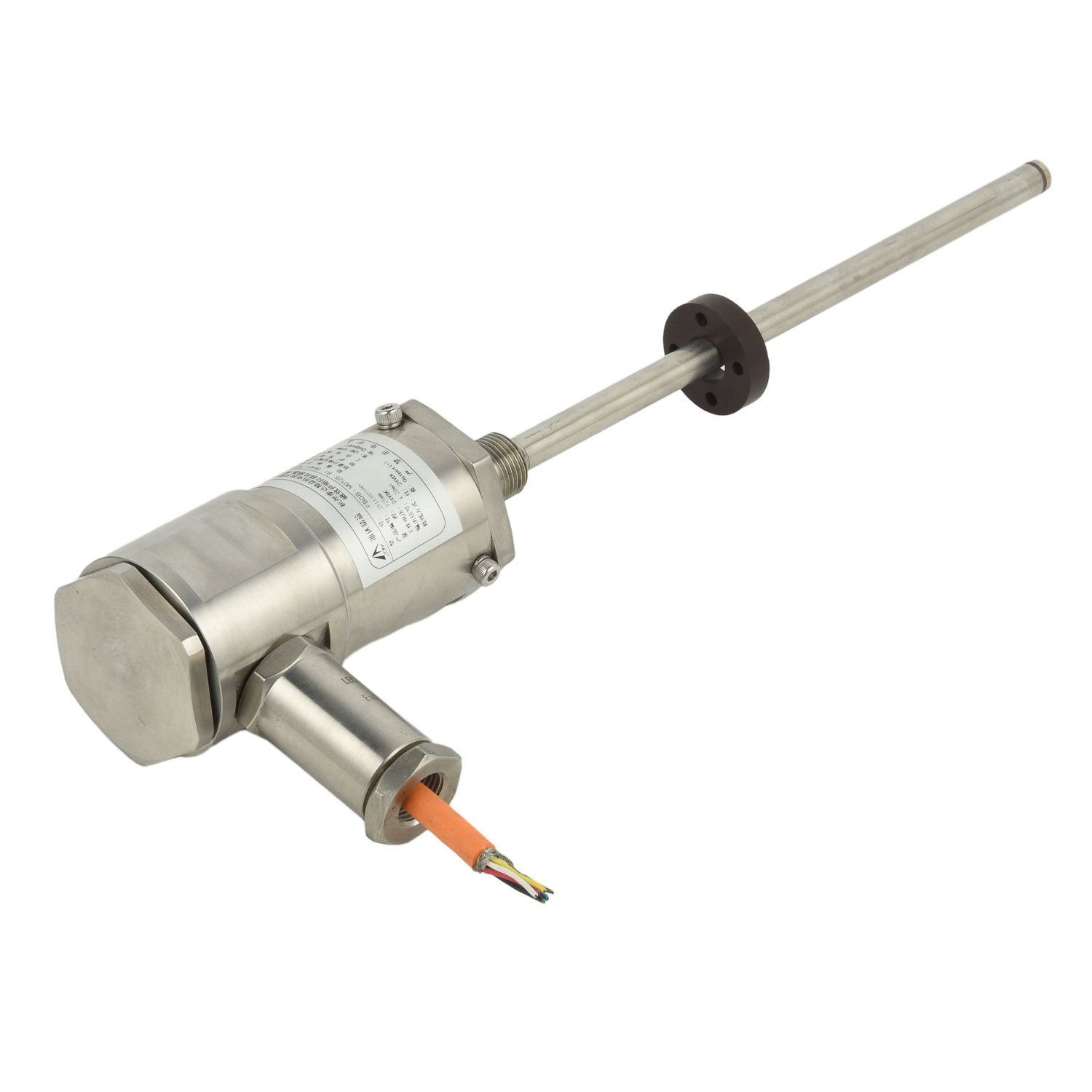 UpgradingYourLevelMeasurementS
UpgradingYourLevelMeasurementS
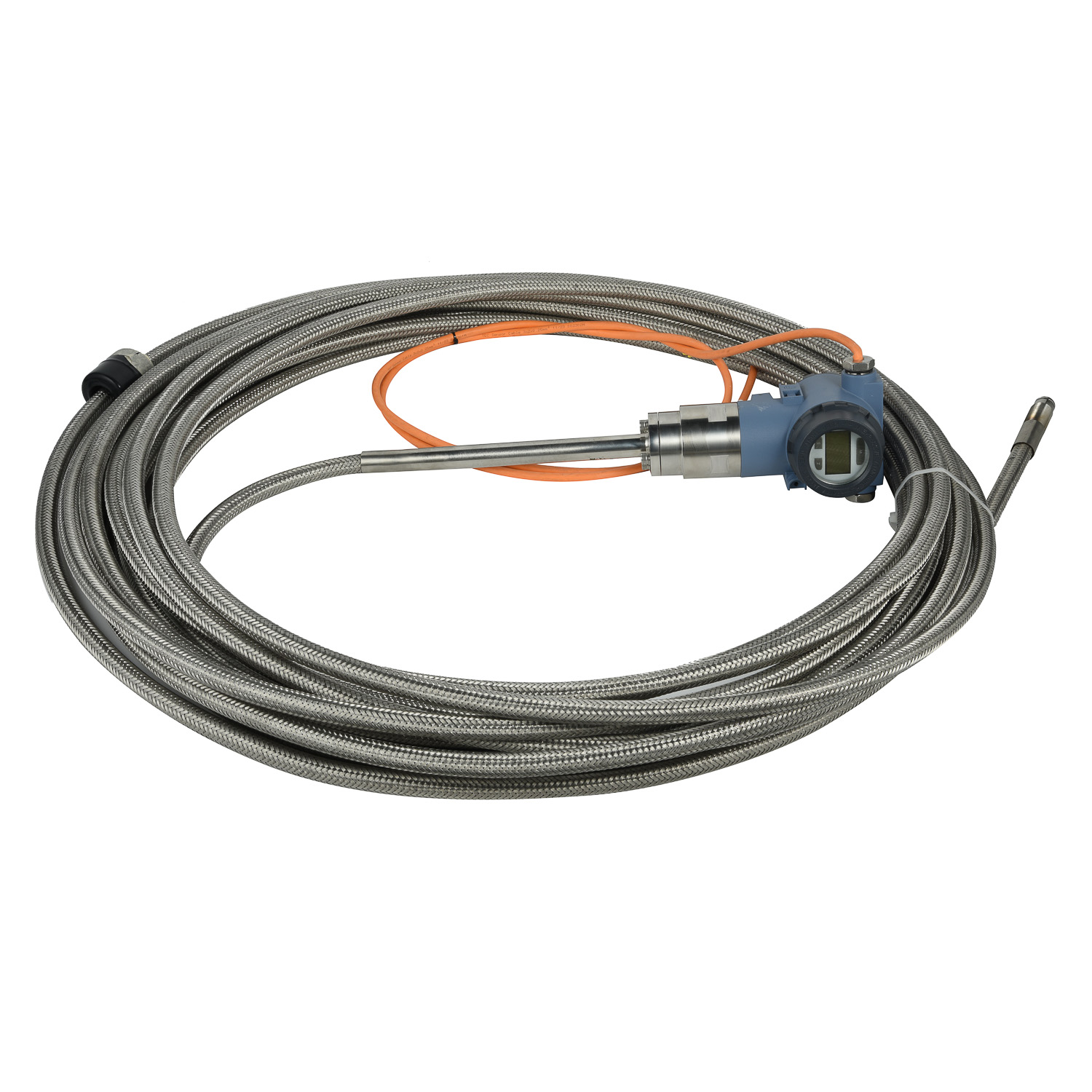 Why are magnetostrictive level
Why are magnetostrictive level
 ComparingMagnetostrictiveandRa
ComparingMagnetostrictiveandRa
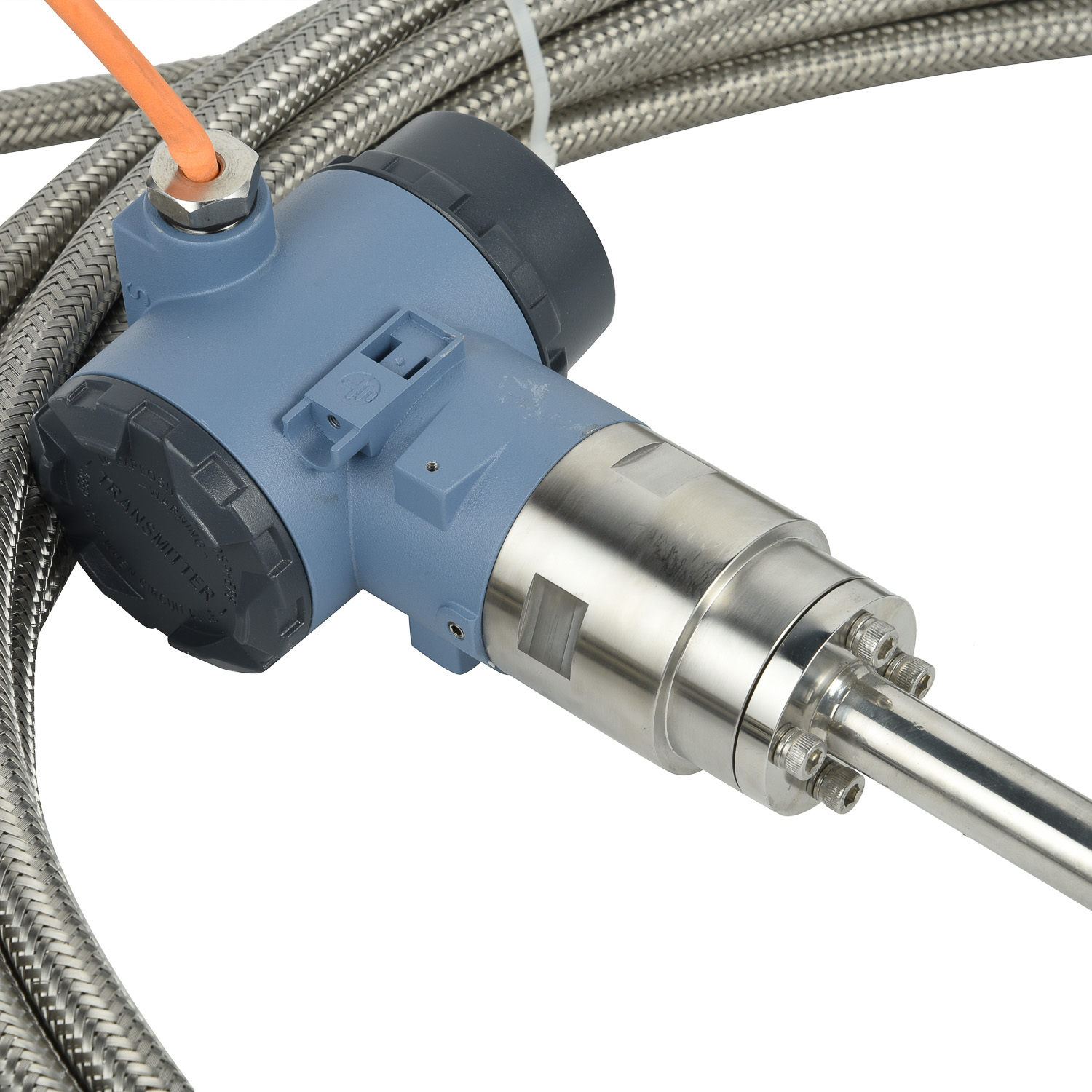 MagnetostrictiveLevelSensorfor
MagnetostrictiveLevelSensorfor
